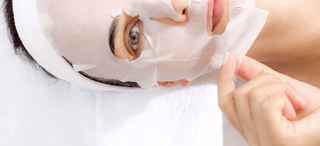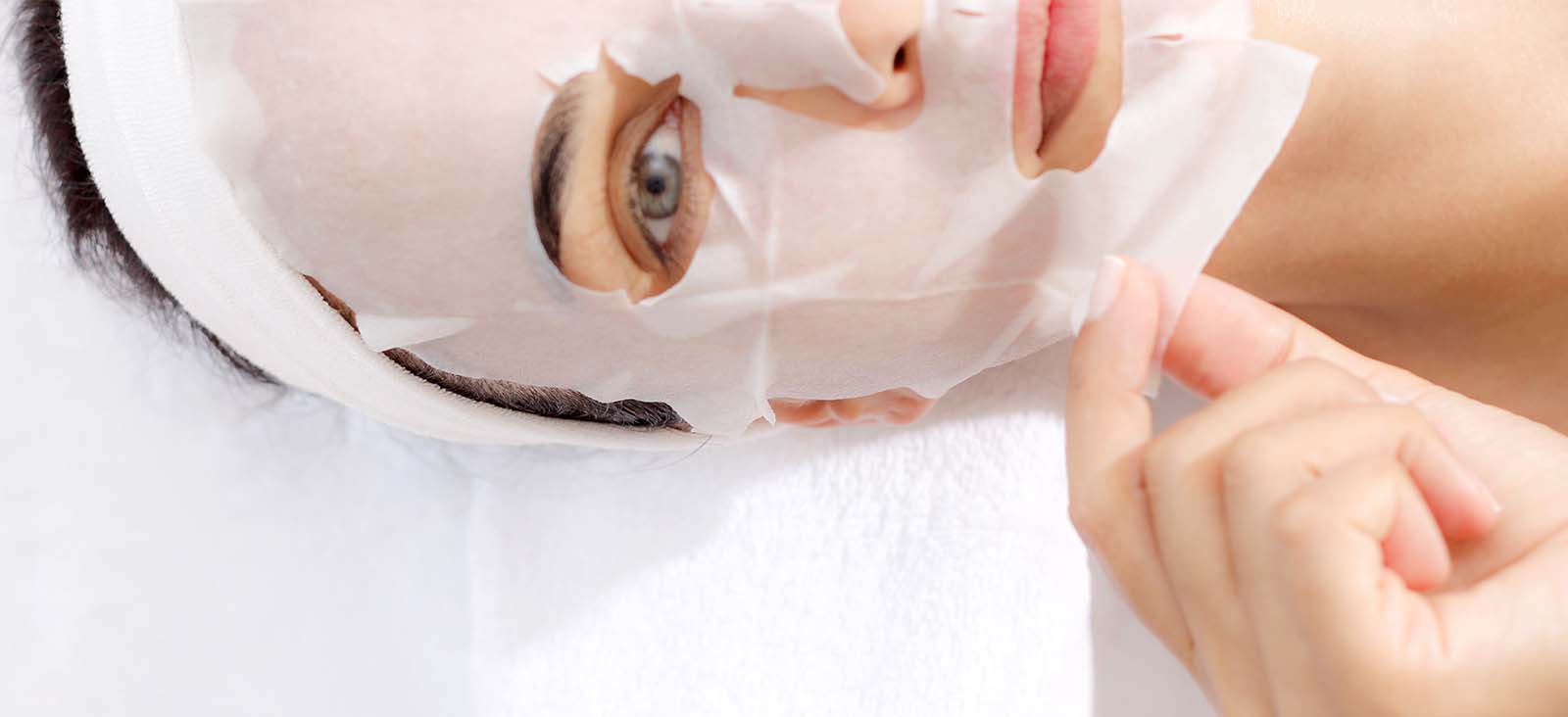Search for opportunities to participate in a clinical research study.
Chemical Peels
New Patient Appointment or 214-645-8300
MedBlog
Results: 2 Locations
Dermatology
at UT Southwestern Monty and Tex Moncrief Medical Center at Fort Worth 600 South Main Street, 2nd Floor, Suite 2.500Fort Worth, Texas 76104 817-882-2460 Directions to Dermatology at UT Southwestern Monty and Tex Moncrief Medical Center at Fort Worth, Fort Worth Parking Info for Dermatology
Dermatology Clinic
at Professional Office Building 2 5939 Harry Hines Blvd., 4th Floor, Suite 100Dallas, Texas 75390 214-645-2400 Directions to Dermatology Clinic at Professional Office Building 2, Dallas Parking Info for Dermatology Clinic





